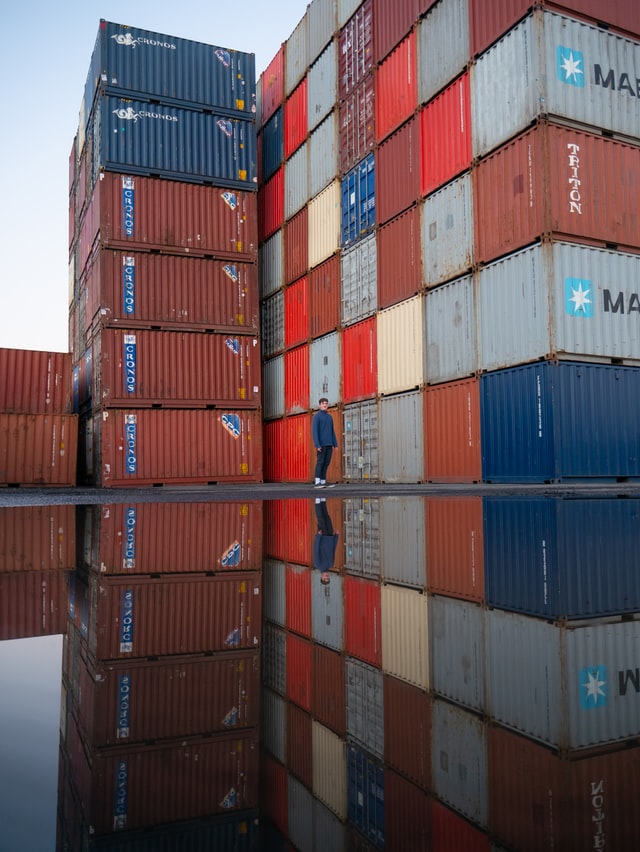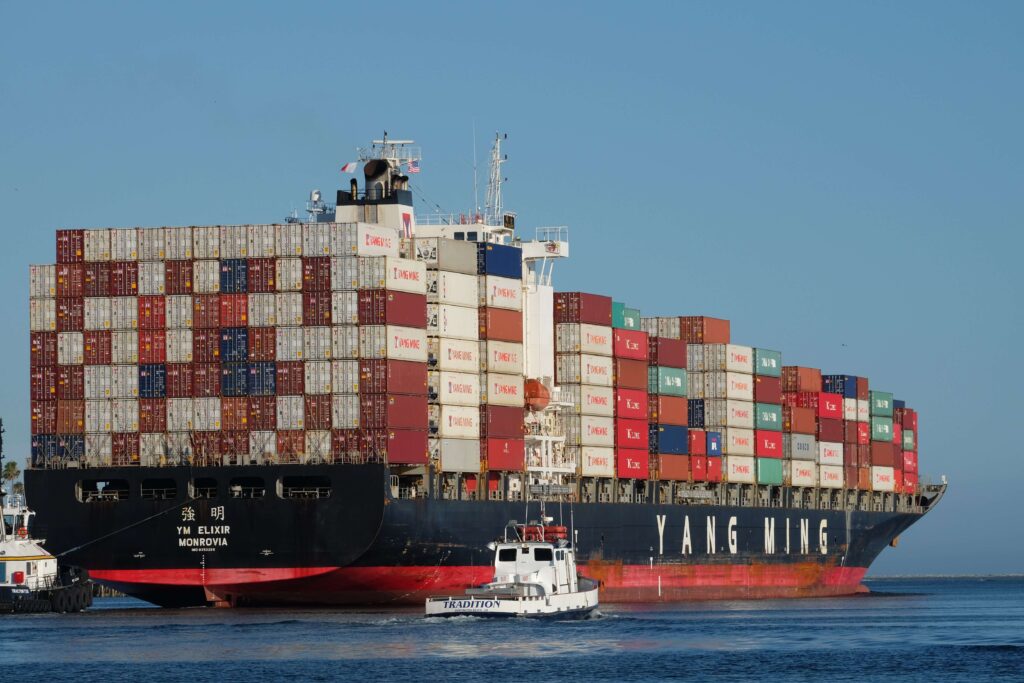PAYMENT METHODS: TOP METHODS IN INTERNATIONAL TRADE FOR EXPORTS AND IMPORTS
In order to become successful in today’s global marketplace, exporters should provide their customers with appealing sales terms supported by suitable payment methods. The ultimate goal is getting paid in full and on-time for each export sale. An applicable payment method must be chosen carefully to reduce the payment risk while also fulfilling the needs of the buyer.
There are a variety of ways that payments can be made, including a different level risk for collection. We will try to explain these methods from most secure to least secure for exporters.
1. CASH-IN-ADVANCE
Cash-in-advance payment terms can help an exporter avoid credit risks, because payment is received up front before the ownership of the goods is transferred. For international sales, wire transfers and credit cards are the most common used cash-in-advance options available for importers. This presents the least risk to a seller while having the most risk to the buyer.
However, requiring payment in advance is the least favorite option for the buyer, because it generates an unfavorable cash flow. Especially when traders do not know each other, buyers are concerned that the goods may not be sent if payment is made in advance. Also, exporters who insist on this payment method as their sole manner of doing business may lose to competitors who offer more attractive payment terms.
2. LETTERS OF CREDIT
A letter of credit, or “credit letter” is one of the most secure payment methods available to international traders. It is a letter from a bank guaranteeing that a buyer’s payment to a seller will be received on time and for the correct amount and it is one of the most secure payment methods available to international traders. The buyer sets up credit and pays his or her bank for this service. A Letter of Credit is useful when well-founded credit information about a foreign buyer does not exist or is difficult to secure, but the exporter is satisfied with the creditworthiness of the buyer’s foreign bank. A Letter of Credit also protects the buyer as they do not need to make a payment until the goods have been shipped as promised.

3. DOCUMENTARY COLLECTIONS
In a documentary collection process, the seller instructs their bank to forward documents related to the export of goods to a buyer’s bank with an instruction to present these documents to the buyer for payment, pointing when and on what circumstances these documents can be released to the buyer. Funds are received from the importer and transferred to the exporter through the banks involved in the collection in exchange for those documents. Documentary Collections involve using a draft that requires the importer to pay the face amount either at sight (document against payment) or on a specified date (document against acceptance). The collection letter gives instructions that specify the documents required for the transfer of title to the goods.
Although banks do act as facilitators for their clients, Documentary Collections offer no verification process and limited recourse in the event of non-payment. They do not provide the same level of security as Letters of Credit, but, as a result, the costs are lower. Unlike Letters of Credit, for a Documentary Collection, the bank acts as a channel for the documents but does not issue any payment covenants (does not guarantee payment). The bank that has received a Documentary Collection may debit the buyer’s account and make payment only if authorized by the buyer.
4. OPEN ACCOUNT
An open account transaction is a sale where the goods are shipped and delivered before payment is due, which in international sales is typically in 30, 60 or 90 days. Obviously, this method is based on the trustworthiness between the two parties and this is one of the most advantageous options to the importer in terms of cash flow and cost, but is consequently one of the highest risk options for an exporter.
Because of high competition in export markets, foreign buyers often press exporters for open account terms since the extension of credit by the seller to the buyer is more common abroad. Therefore, exporters who are not willing to extend credit may lose a sale to their competitors. Exporters can offer competitive open account terms while substantially mitigating the risk of non-payment by using one or more of the appropriate trade finance techniques covered later in this guide. When exporters offer open account terms, they can also use export credit insurance for extra protection.
5. CONSIGNMENT
Consignment is another method of an open account in which payment is sent to the exporter only after the goods are sold by the foreign distributor to the end customer. An international consignment transaction is based on a contractual arrangement in which the foreign distributor receives, manages, and sells the goods for the exporter who retains title to the goods until they are sold. Clearly, exporting on consignment contains high risks as the exporter may not receive any payment and its goods are in a foreign country in the hands of an independent distributor or agent.
Consignment increases the chances of exporters to become more competitive on the basis of better availability and faster delivery of goods. Selling on consignment can also help exporters reduce the direct costs of storing and managing inventory. The key to success in exporting on consignment is to partner with a reputable and trustworthy foreign distributor or a third-party logistics provider. Appropriate insurance should be in place to cover consigned goods in transit or in possession of a foreign distributor as well as to mitigate the risk of non-payment.



